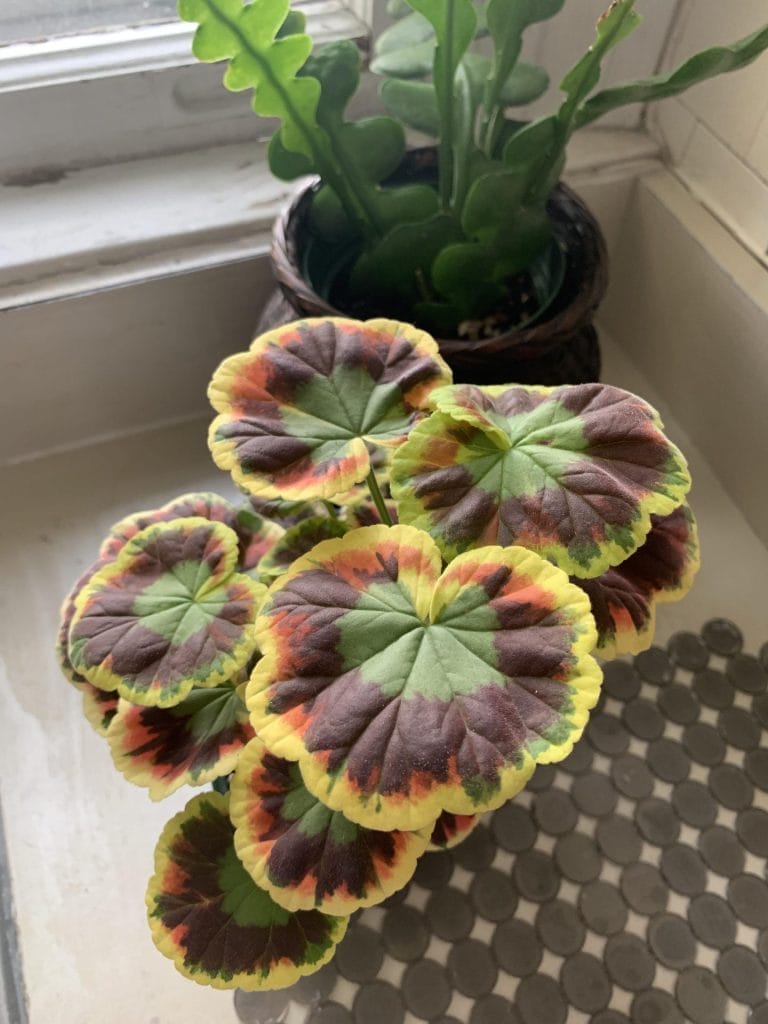How To Care For Alocasia Plant? (Ultimate Care Guide)
Caring for your Alocasia plant starts with understanding its unique needs. You’ve got to maintain a balance of the right light, water, and humidity to mimic its native tropical environment. Let’s begin with its preference for bright, indirect light—too much direct sunlight can scorch its leaves, while too little can stunt its growth. Now, you might think watering your Alocasia is straightforward, but there’s a common pitfall many fall into here. What could that be? Well, that’s something to discuss, as it could be the difference between a thriving plant and one that’s merely surviving.
Alocasia Plant Overview
Alocasia, commonly known as the Elephant Ear or Kris plant, originates from the subtropical areas of Asia and Eastern Australia and is celebrated for its striking, large leaves.
You’ll find that the genus Alocasia includes a variety of species, each boasting unique attributes. For instance, Alocasia Amazonica, often referred to as the African Mask plant, features deep green leaves highlighted by bright white veins, reaching up to 18 inches in height.
Meanwhile, Alocasia Wentii grows to a robust 3-4 feet and sports oval leaves. These plants not only add a visual statement to your home or garden but also embody a rich heritage, making them a fascinating subject for study and cultivation.
Optimal Growing Conditions
To guarantee your Alocasia thrives, consider both indoor and outdoor environments, tailoring care to the specific needs of your climate zone. Mastery of ideal growing conditions elevates your gardening skills and guarantees your plant’s health. Here’s what you need to visualize:
- Temperature Control: Aim for a consistent temperature between 65-75°F (18-24°C). Avoid drastic fluctuations, which can stress the plant.
- Humidity Emphasis: Alocasia flourishes in high humidity. Think of maintaining an environment similar to a rainforest—mist frequently or use a humidifier.
- Soil Composition: Opt for a well-draining, aerated potting mix. Envision a loose, fertile soil that allows roots to breathe and water to flow freely, preventing stagnation and root rot.
Light and Watering Guidelines

Properly managing light and water is essential for your Alocasia’s health. Place it where it’ll receive bright, indirect sunlight; direct beams can scorch its leaves. You’ll find that eastern or northern exposure windows work best, providing the ideal light without the harsh midday sun.
As for watering, check the soil’s dryness first. Water only when the top two inches feel dry to the touch, which typically means the soil is about 25-50% dry. Overwatering leads to root rot, a common issue with Alocasias. During winter, reduce your watering frequency as the plant’s growth slows.
Adjust your routine according to seasonal humidity and temperature changes to maintain the perfect balance for thriving growth.
Routine Maintenance Tips
Regular pruning keeps your Alocasia healthy and promotes vigorous growth. Following a disciplined maintenance schedule is crucial to guarantee that your plant doesn’t only survive but thrives. Here are three key routine maintenance tips:
- Trim Dead Leaves: Regularly remove any yellowing or dead leaves at the base. This not only enhances the aesthetic appeal but prevents fungal infections which can thrive on decaying organic matter.
- Clean Dust From Leaves: Use a damp cloth to wipe down each leaf. This increases photosynthesis efficiency by ensuring maximum light penetration and maintains the vibrant look of your Alocasia.
- Inspect Roots Annually: When repotting, check the roots for signs of overcrowding or decay. Trim as necessary to promote healthy growth and prevent root-bound stress.
Troubleshooting Common Issues
When your Alocasia shows signs of distress, identifying and addressing common issues promptly can prevent further damage. Expertise in pinpointing symptoms and swift action are key. Here’s a detailed table to guide you through common problems, their likely causes, and solutions:
| Symptom | Cause | Solution |
|---|---|---|
| Yellowing Leaves | Overwatering | Reduce watering, guarantee proper drainage |
| Brown Leaf Tips | Low Humidity | Increase humidity around the plant |
| Drooping | Underwatering/Overwatering | Adjust watering schedule |
| Curling Leaves | Too much light | Move to a location with indirect sunlight |
| Leaf Loss | Temperature Stress | Maintain a stable environment, avoid drafts |
Tailoring care based on these insights leads to a healthier, more resilient Alocasia.
Conclusion
Now that you know how to pamper your Alocasia, imagine it flourishing in your living room, a lush, vibrant centerpiece that turns heads and sparks conversations.
Remember, keep it warm, not too wet, and give it the soft light it craves. Regularly snip any sad leaves and keep it dust-free.
Watch as your care transforms it into a stunning display of greenery. Your plant’s thriving life is a confirmation of the love and attention you’ve poured into it.







